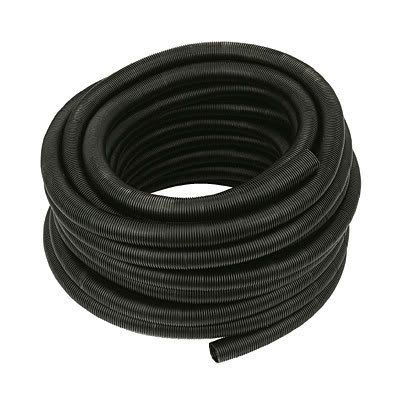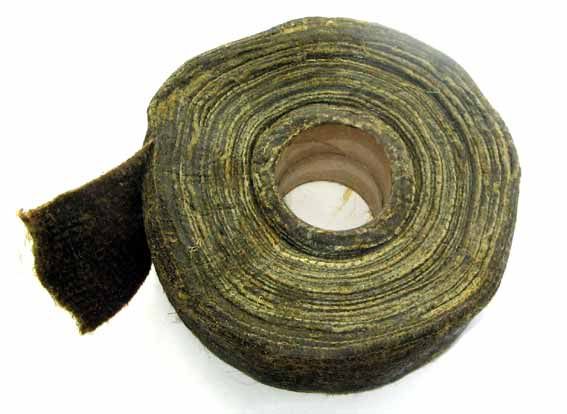9) FLUELESS FIRES- Do you fancy one?
Flueless fires have been discussed on this site a few times and the resounding advice given from Gas Installers is to
AVOID at all costs!
These fires are attractive to consumers as they are 90% efficient as opposed others which are only about 70%. BUT....... As the products of combustion are not expelled up the chimney, these fires require a specific volume of ventilation to ensure their safe operation!
Flueless gas fires require correct installation and depend on :
A) Correct pipe sizing
B) Room Size
C) Ventilation
D) Gas rating checks
E) Gas Analyzing checks
F) Regular servicing
All existing Flueless fires MUST have an audible tone CO alarm installed in the same room to help to protect the occupants.
There have been a number of deaths attributed to these fires and you should bear this in mind if you are considering having one.

Further comments on these fires can be found
HERE
---
Edit , July 2011
In the last couple of years some manufacturers have reacted to the safety concerns and addressed some of the problems to some extent. It remains true that
1) you need a large draughty permanent vent.
2) They can, like all things, go wrong. If they do, they can produce a lot of carbon monoxide. You can't smell CO, and if you take two breaths at 1% concentration, you're on the floor dying. The vent, probably a 10cm square hole through the wall with a draught baffle and a grille, will make little difference.
3) A CO detector is a must, but they do not come with the fire. They should squeal at a concentration well below a dangerous level, but they can go wrong too. I'd use two, of different makes. They also have a finite "shelf life" (typically 5 years) after which they won't work. You can't test that yours is working. Pressing the button on the front is not the same as giving it a blast of CO.
So if you fit a flueless gas fire, you
probably won't die.






















